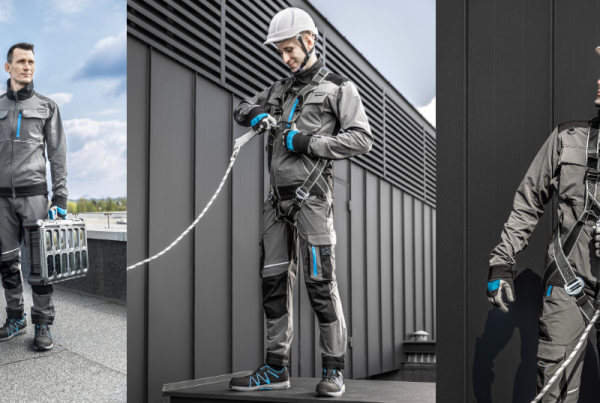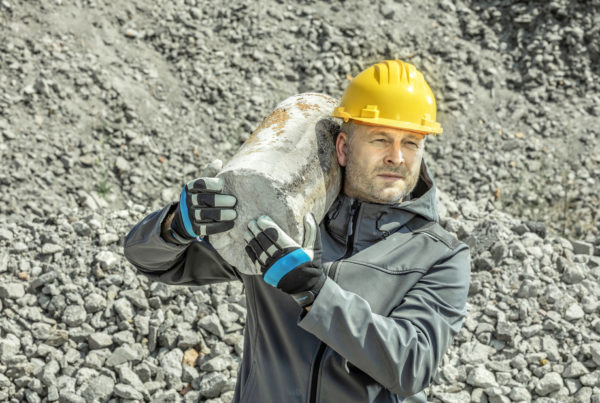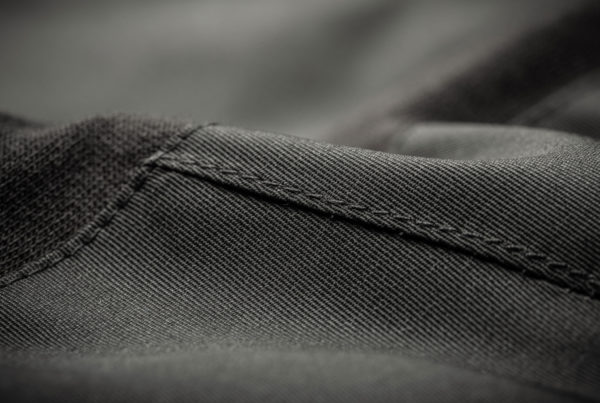Personal protective equipment (PPE) protects the employee against a specific hazard or numerous hazards that may affect his safety and health. Products that are personal protective equipment, placed on the EU market, must have an EC declaration of conformity in accordance with Directive 89/686/EEC. PPE is divided into three groups. The criterion of division is the degree of risk against which they are intended to protect the user.
Category I: simple design products used in low risk conditions. The user is able to independently assess the effectiveness of the PPE protection.
Category II: products that protect against hazards that may cause injury. The risk of an injury is defined as “neither simple nor complex”.
Category III: products of complex design, protecting in situations of serious or permanent danger that may affect the life and health of the user.
| Category | Risk | User | Thread | Examples of personal protective equipment |
|---|---|---|---|---|
| I | low | independently assesses the effectiveness of protection | mechanical factors, the effects of which have a superficial action | gardening gloves |
| cleaning agents with a weak and easily reversible effect | gloves protecting against detergents | |||
| manipulation of hot objects with the temperature not higher than 50°C | aprons | |||
| atmospheric factors | headwear | |||
| weak hits and vibrations, the effects of which cannot cause irreversible injury | light helmets | |||
| sunlight | sunglasses | |||
| II | medium | no description | not classified in categories I and III | personal protective equipment that does not fall into risk category I or III (e.g. high-visibility clothing and clothing for welders, protective helmets) |
| III | high | he cannot conclude quickly enough what is the effectiveness of the protection | solid or liquid aerosols or irritant, hazardous, toxic or radioactive gases | srespiratory protection equipment, e.g. masks |
| chemical or ionizing radiation | overalls, e.g. gas-tight | |||
| high temperature exceeding 100°C or more, conditions in which there may be infrared radiation, flames or exposure to large splashes of molten metal | firefighting clothing | |||
| low temperature -50°C or lower | thermal clothing | |||
| fall from the height | mountaineering accessories | |||
| electric shock and high voltage work | electrically insulating helmets |




